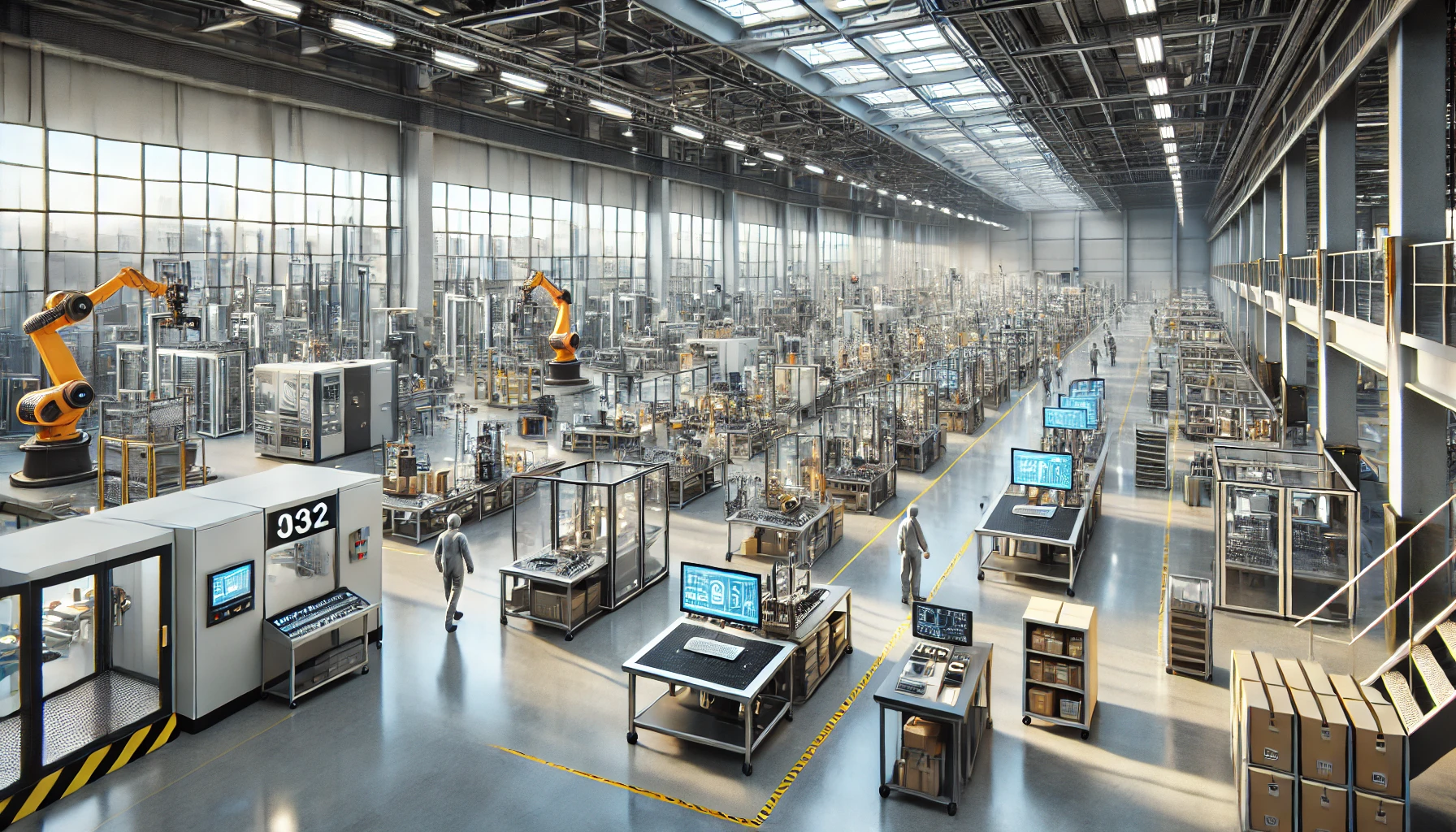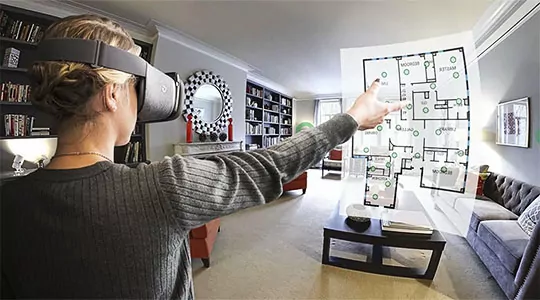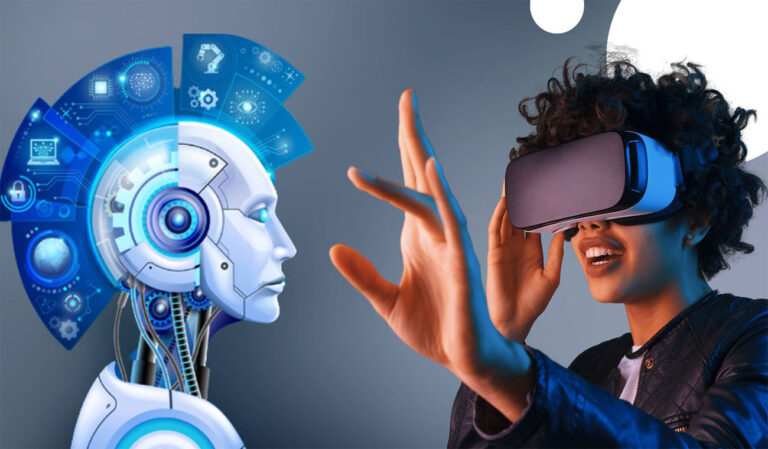

Unlock the Future of Manufacturing with 3D VR Walkthroughs
The manufacturing industry is evolving rapidly, and staying ahead of the curve means embracing cutting-edge technology. One such game-changing innovation is the 3D Virtual Reality (VR) walkthrough.
From plant layout design to employee training and safety simulations, 3D VR walkthroughs offer manufacturing companies unparalleled opportunities to streamline operations, boost efficiency, and save costs.
But how exactly does VR impact the manufacturing world?
In this blog post, we’ll explore the benefits of 3D VR walkthroughs and why they are becoming a must-have tool for forward-thinking manufacturers.
1. Visualize and Optimize Plant Layouts
Planning the design and layout of a manufacturing plant is no small feat. Traditionally, companies relied on 2D drawings and physical models to make decisions about the placement of machinery, workstations, and storage areas.
However, 3D VR walkthroughs take this to a whole new level by offering an immersive view of the plant in real time.
- Experience real estate like never before with Virtual Tour.
- Experience AI-driven VR: personalized and futuristic!
- Unlock the Future of Manufacturing with 3D VR Walkthroughs
- How to Create a Stunning VR Walkthrough with Lumion and Oculus Quest 2
- Three major challenges in extending virtual reality into the metaverse
With a VR walkthrough, stakeholders can “walk” through the factory before it’s built. They can see how machines fit into the space, assess material flow, and identify potential issues in design.
This helps in:
- Optimizing space for efficiency.
- Improving workflows by spotting bottlenecks early.
- Enhancing safety, ensuring proper spacing and clear pathways.
2. Boost Employee Training and Onboarding
One of the biggest advantages of VR technology is its ability to train employees in a safe and controlled environment.
In a manufacturing setting, where handling complex machinery and following strict safety protocols is essential, VR offers a way to simulate real-world scenarios without any risk.
Through a VR simulation, new employees can:
- Familiarize themselves with machines and processes.
- Practice handling complex tasks, like operating heavy equipment.
- Learn safety protocols by experiencing virtual emergency drills.
This results in faster, more effective training, reduces mistakes, and minimizes downtime, making the transition to the actual plant smoother and safer.
3. Enhance Safety and Compliance
Safety is always a top priority in manufacturing, and VR walkthroughs can play a crucial role in safety planning and compliance. By creating virtual simulations, manufacturers can test and refine safety protocols before they are implemented in the real world.
For example, VR can simulate:
- Fire emergencies or equipment failures, allowing staff to practice safe evacuation and response procedures.
- Hazard detection, helping identify areas where accidents might happen, such as slippery floors, dangerous machinery, or improper equipment placement.
By walking through a virtual factory, safety inspectors and managers can ensure that all safety standards are met and identify improvements before any real-world harm occurs.
4. Streamline Collaboration and Remote Management
In today’s globalized world, it’s common for teams to be spread across different locations.
3D VR walkthroughs enable seamless remote collaboration, allowing team members, executives, or clients to virtually walk through the plant together from anywhere in the world.
This opens up possibilities for:
- Cross-department collaboration: Engineers, designers, and plant managers can work together in a shared virtual space, discussing modifications and improvements in real time.
- Client walkthroughs: Impress potential clients or partners by offering a virtual tour of your plant or production process without the need for physical travel.
VR also enables companies to receive real-time feedback and make data-driven decisions quickly, reducing project delays and miscommunication.
5. Cost-Effective Prototyping and Process Improvements
Making changes to a manufacturing facility, whether it’s adding new machinery or improving workflows, can be expensive and time-consuming.
But with a 3D VR walkthrough, companies can prototype different setups and adjustments virtually before making any physical changes.
This allows manufacturers to:
- Test production lines and see how changes will impact efficiency.
- Identify inefficiencies in the process and make adjustments early.
- Save on costs associated with trial and error in the real world.
By using VR, manufacturers can innovate faster, reduce downtime, and improve overall production quality without the heavy costs that come with traditional prototyping.
Conclusion
The manufacturing industry is no stranger to technological innovation, and 3D VR walkthroughs are at the forefront of this digital transformation.
From optimizing plant layouts to enhancing safety and streamlining training, VR offers a comprehensive solution to the challenges manufacturers face today.
As we move further into the age of Industry 4.0, adopting tools like 3D VR walkthroughs will be essential for staying competitive and agile.
Ready to revolutionize your manufacturing process? The future is now, and VR is the key to unlocking it.
Get in Touch
Want to explore how VR can transform your manufacturing operations? Contact us today and let’s take the first step toward a smarter, safer, and more efficient future!


